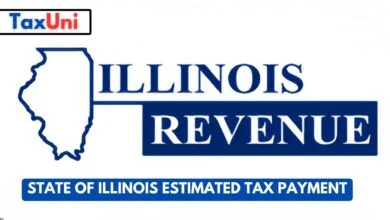Pub 594
The IRS is a serious player in the tax collection industry, and IRS Publication 594, Pub 594 for short, provides a general description of the IRS collection process.

The IRS is constantly trying to find ways to collect back taxes from taxpayers who owe money to the government. The IRS goes about this through a series of steps designed to get you into compliance and resolve your liability. These actions are often called the “carrot and stick” approach. All of these are included in the IRS Pub 594 for taxpayers to understand the whole tax collection process better.
If the IRS decides to take any action to collect your debt, they will usually go after your assets first, including your bank accounts, wages, or Social Security benefits. The IRS may also send a notice to your employer. In some cases, they may even start seizing your personal property. Those actions are more aggressive than other types of IRS collection, but they can be effective if you have substantial assets or income. If you owe a large sum of money to the IRS, you should consider hiring a professional tax attorney who can help you negotiate with the IRS to avoid these more aggressive collection efforts.

IRS Tax Collection Process
- First, they will send you letters. Actually, IRS letters are where the first IRS contact begins. They already do lots of business before sending you letters. These letters will inform you about the full balance amount that you owe and demand that you pay it in full within a specified period.
- They will also include any penalties and interest that have accrued on your account since the date it was due.
- Depending on your situation, the IRS may then send you an offer to settle or a payment plan. If you agree to a settlement or payment plan, Currently Not Collectible request, or Offer In Compromise, they will not take further action against you. Generally, you’ll have 30 days to respond and a 45-day window for them to process your request. Your request will be reviewed by an IRS examiner, and the result will be a determination letter or request for more information. If the IRS rejects your request, you will have 45 days to appeal the decision.
- However, if you fail to follow through on the agreement, they can terminate it and resume collection efforts.
- Next, the IRS will begin to send you letters of increasing urgency. These letters will contain reams of detailed IRS 433 forms that detail your financial situation. They will ask you to verify your information and sign it.
- Eventually, the IRS will turn your case over to the Automated Collection System (ACS). When ACS takes over, you will typically get a letter from them stating that they have your information and are working on a resolution. You may be given a fax number as well. You should always call your local ACS office to ensure they have received the information you sent and ask about their response.





